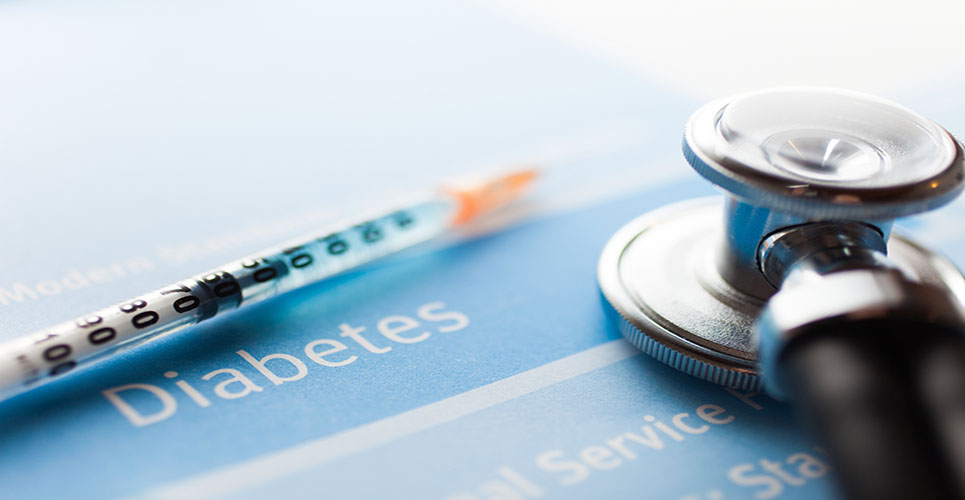teaser
A new analysis presented at the American Diabetes Association (ADA) 68th Annual Scientific Sessions showed treatment with sitagliptin – Merck, Sharp & Dohme’s diabetes treatment – was associated with a 93% lower risk of having a confirmed symptomatic hypoglycaemic event on a given day compared to treatment with glipizide, a sulphonylurea.
This 52-week intent-to-treat analysis was based on 37 events in the sitagliptin group and 492 events in the glipizide group.
Both agents were added to ongoing metformin therapy in patients with type 2 diabetes and were associated with similar reductions in HbA1c (-0.67% in both groups at week 52, confirming non-inferiority in the prespecified per-protocol analysis).
Additionally, patients in the group treated with sitagliptin experienced significant weight loss (mean -1.5kg) from baseline, while patients treated with glipizide experienced significant weight gain (mean +1.1kg) from baseline.
“When treating patients with type 2 diabetes, it is important for physicians to balance lowering blood glucose levels with minimising the risk of hypoglycaemia,” said Nir Barzilai MD, professor of Medicine and Molecular Genetics, and director of the Institute for Aging Research at Albert Einstein College of Medicine, New York.
“These two-year data on initial therapy with sitagliptin and metformin are interesting, particularly to the many physicians who over time need to treat their patients with combination therapy to help achieve and maintain glycaemic control,” said Priscilla Hollander MD PhD, director of the Ruth Collins Diabetes Center at Baylor University Medical Center in Dallas, Texas.

